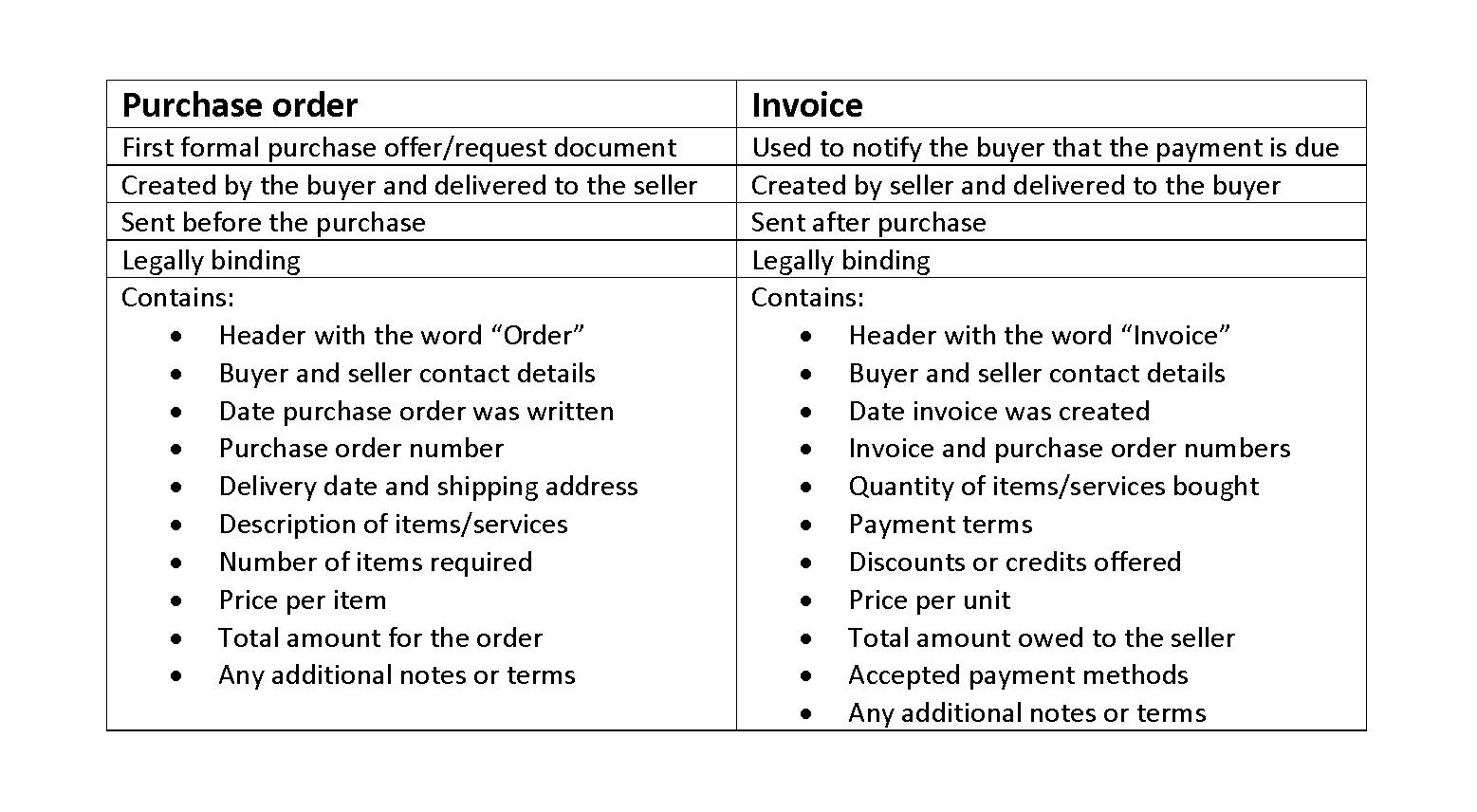
The aging method adds granularity with Bucket-Specific Risk Percentages that increase with invoice age, reflecting bad debt expense calculator the reality that older debts are harder to collect. For savings analysis, the Expected Collections Improvement Rate becomes crucial, showing how operational changes like outsourcing might reduce losses. Though calculating bad debt expense this way looks fine, it does not conform with the matching principle of accounting. That is why unless bad debt expense is insignificant, the direct write-off method is not acceptable for financial reporting purposes. Under the percentage of sales basis, the company calculates bad debt expense by estimating how much sales revenue during the year will be uncollectible. The reason why this contra account is important is that it exerts no effect on the income statement accounts.
Tax Reporting

It’s also worth noting that your https://www.bookstime.com/articles/stocks-and-bonds historical percentage of collections will likely vary between bullish and bearish economic cycles. If your company has enough business history to reference how collections performed in different economic cycles, this can be helpful for casting predictions. Your finance team can use data to measure accounts receivable efficiency and report on performance more effectively. Companies retain the right to collect these receivables should conditions change. The direct write-off method often fails GAAP rules because it doesn’t match expenses with revenues properly.
A. Percentage of Sales Method
You can figure out bad debt using methods like direct write-off or allowance. These methods often use past data or reports on how old the receivables are. Thomas Richard Suozzi (born August 31, 1962) is an accomplished U.S. politician and certified public accountant with extensive experience in public service and financial management. He is known for his pragmatic approach to fiscal policy and governance.

How to Calculate Bad Debt Expense: Methods for Accurate Financial Reporting

Proactive management of receivables and transparent credit terms play a vital role in reducing the likelihood of bad debts. Bad debt expense is recorded as a contra-asset account on the balance sheet, which reduces the total value of accounts receivable. This adjustment ensures that the balance sheet reflects a more realistic view of the financial assets and their expected economic benefits.
- By proactively accounting for bad debts, businesses can better understand their true financial health and plan accordingly.
- Recording bad debts is an important step in business bookkeeping and accounting.
- This occurs when customers, who have purchased goods or services on credit, fail to pay their debts.
- Feel free to use lesser or greater intervals, depending on your needs.
- It’s very important for business owners and financial pros to get this right.
- Usually, a business won’t call an outstanding invoice or loan a bad debt until it meets a certain threshold.
To record your bad debts, you debit the bad debt expense account and credit your allowance for the bad debts account. This account is linked to your accounts receivable account on your balance sheet - it’s part of your liabilities. It also includes a third line that reflects the net amount you hope to collect. To record bad debt using the write-off method, you simply have to make a journal entry on your balance sheet.
And in your company’s ledgers, bad debt costs are with other spending records. Optimizing payment and credit policies, improving billing and invoicing processes, and building strong customer relationships are key. These steps will boost assets = liabilities + equity how well a business collects money, improving its bottom line. The matching principle states that companies must record all expenses and the revenue connected to them in the same period. Per the allowance method, companies create an allowance for doubtful accounts (AFDA) entry at the end of the fiscal year. When this happens, the business writes this amount off as a loss right away, affecting its income statement.
